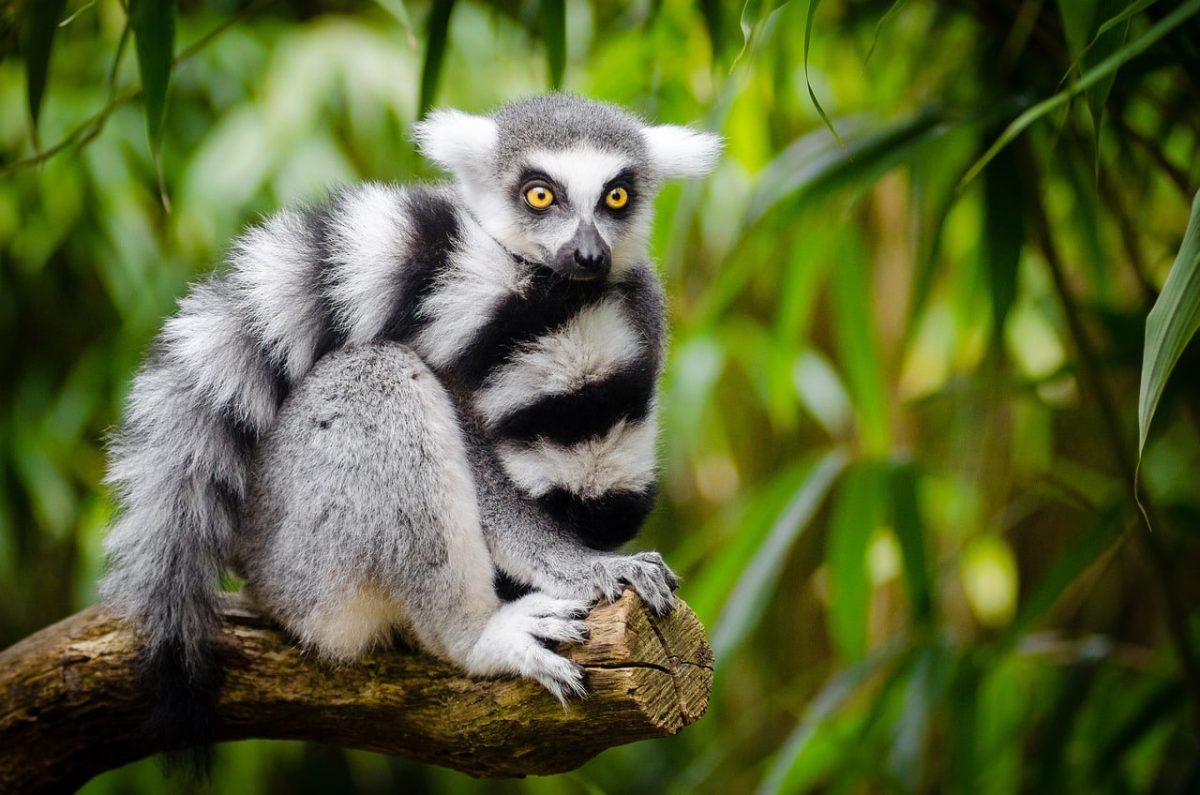
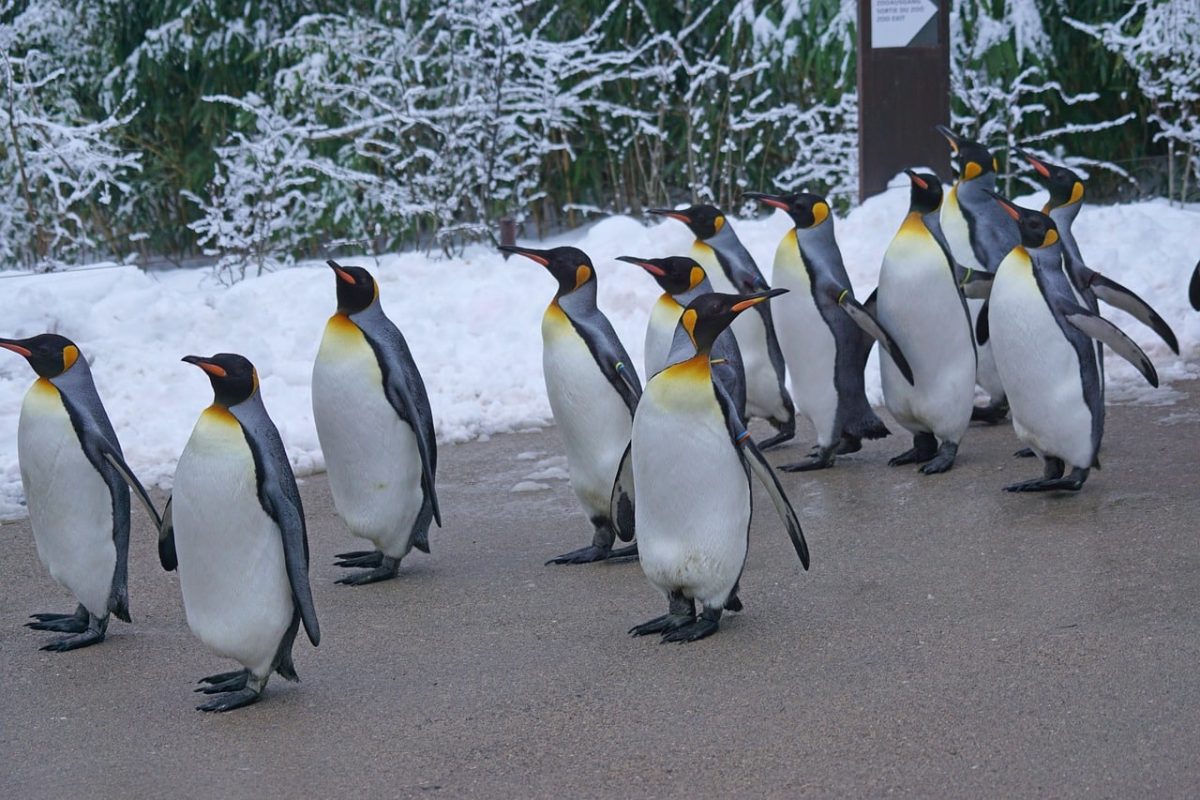 Shutterstock
Shutterstock
The fascinating world of evolution connects creatures from all corners of the animal kingdom to ancient, long-extinct dinosaurs. Many animals we see today may seem completely unrelated to these prehistoric giants, but the science of evolution uncovers some surprising connections. Through millions of years of adaptation and survival, many modern animals are distant relatives of dinosaurs. Despite their differences, these creatures share a common evolutionary ancestry that links them to the mighty dinosaurs, offering a glimpse into the deep history of life on Earth.
Birds
 Shutterstock
Shutterstock
Birds are, without a doubt, the closest living relatives of dinosaurs. They are considered direct descendants of small theropod dinosaurs, particularly from a group known as maniraptorans. These dinosaurs exhibited many of the same features as modern birds, such as feathers, a wishbone, and similar bone structures. Fossils like the Archaeopteryx show the transition from dinosaurs to birds, marking a key evolutionary link between the ancient creatures and today’s flying animals.
Crocodiles
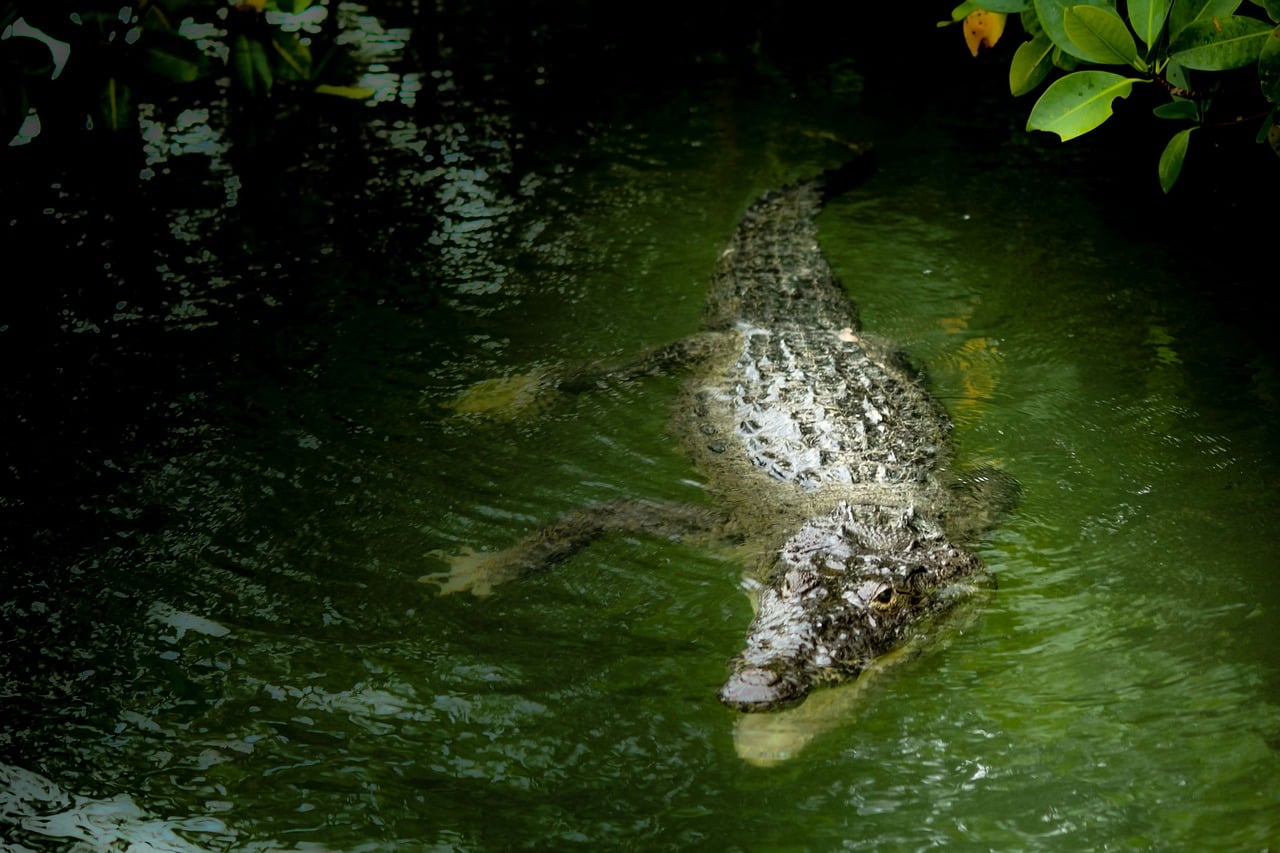 Shutterstock
Shutterstock
Crocodiles are often referred to as “living fossils” due to their minimal change in body structure over the last 200 million years. They share a common ancestor with dinosaurs, particularly within the archosaur group, which also includes pterosaurs. Though crocodiles didn’t evolve into dinosaurs, they remain distant relatives. Their scaly skin, strong jaws, and predatory behavior are evolutionary traits that have helped them survive through changing environments, just as dinosaurs did millions of years ago.
Turtles
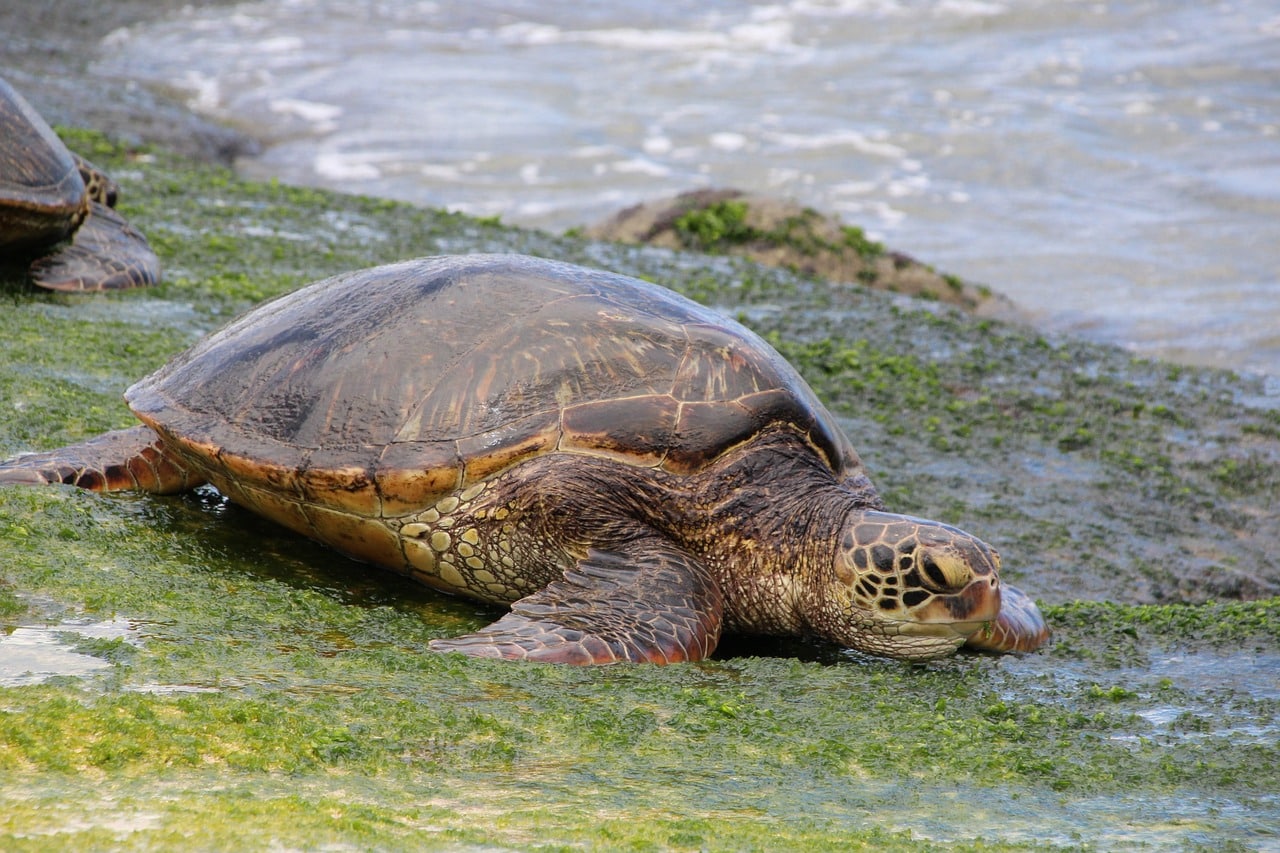 Shutterstock
Shutterstock
Turtles, despite their slow-moving nature, are part of an ancient lineage that connects them to dinosaurs. They belong to the larger diapsid group of reptiles, which also includes snakes, lizards, and crocodiles. While turtles evolved early from other reptiles, their ancestors share a common origin with dinosaurs. This ancient connection traces back over 300 million years to a time when dinosaurs began to emerge and diversify across the Earth.
Komodo Dragons
 Shutterstock
Shutterstock
Komodo dragons, the world’s largest living lizards, are often likened to dinosaurs due to their size and fearsome appearance. These reptiles belong to the monitor lizard family, which shares a common ancestor with dinosaurs from the archosaur group. Komodo dragons are distant cousins to theropod dinosaurs like the T. rex, sharing traits such as powerful jaws and predatory behavior. Over millions of years, these large reptiles have adapted to their environment, maintaining features that hark back to their ancient dinosaur relatives.
Alligators
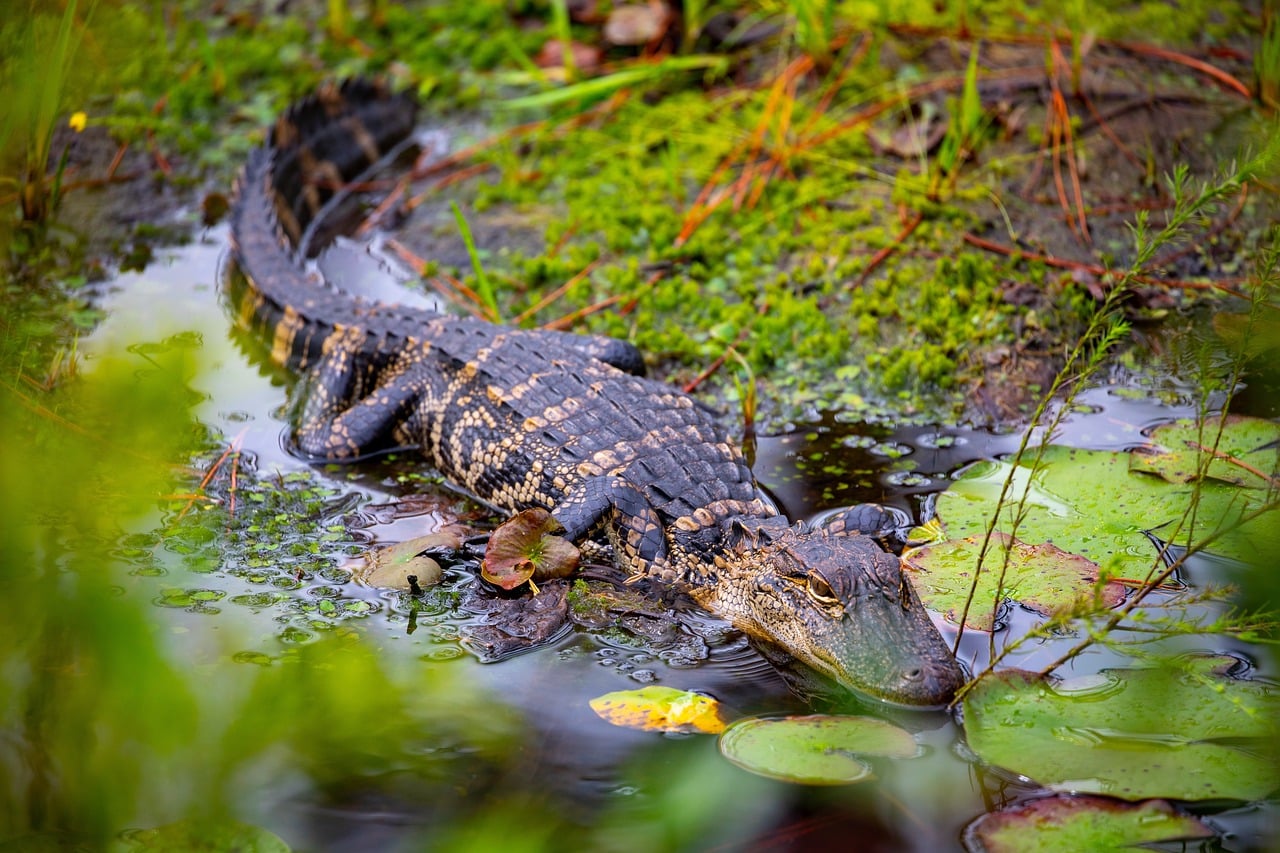 Shutterstock
Shutterstock
Alligators are another modern reptile with deep ties to dinosaurs, falling under the broader archosaur group, which also includes birds and crocodiles. Though not dinosaurs themselves, alligators share a common ancestor with them from around 250 million years ago. Their tough, armored bodies, powerful jaws, and slow, methodical movements are characteristics that they share with ancient dinosaurs. Alligators’ survival through various mass extinctions highlights their evolutionary connection to the creatures that once ruled the Earth.
Ostriches
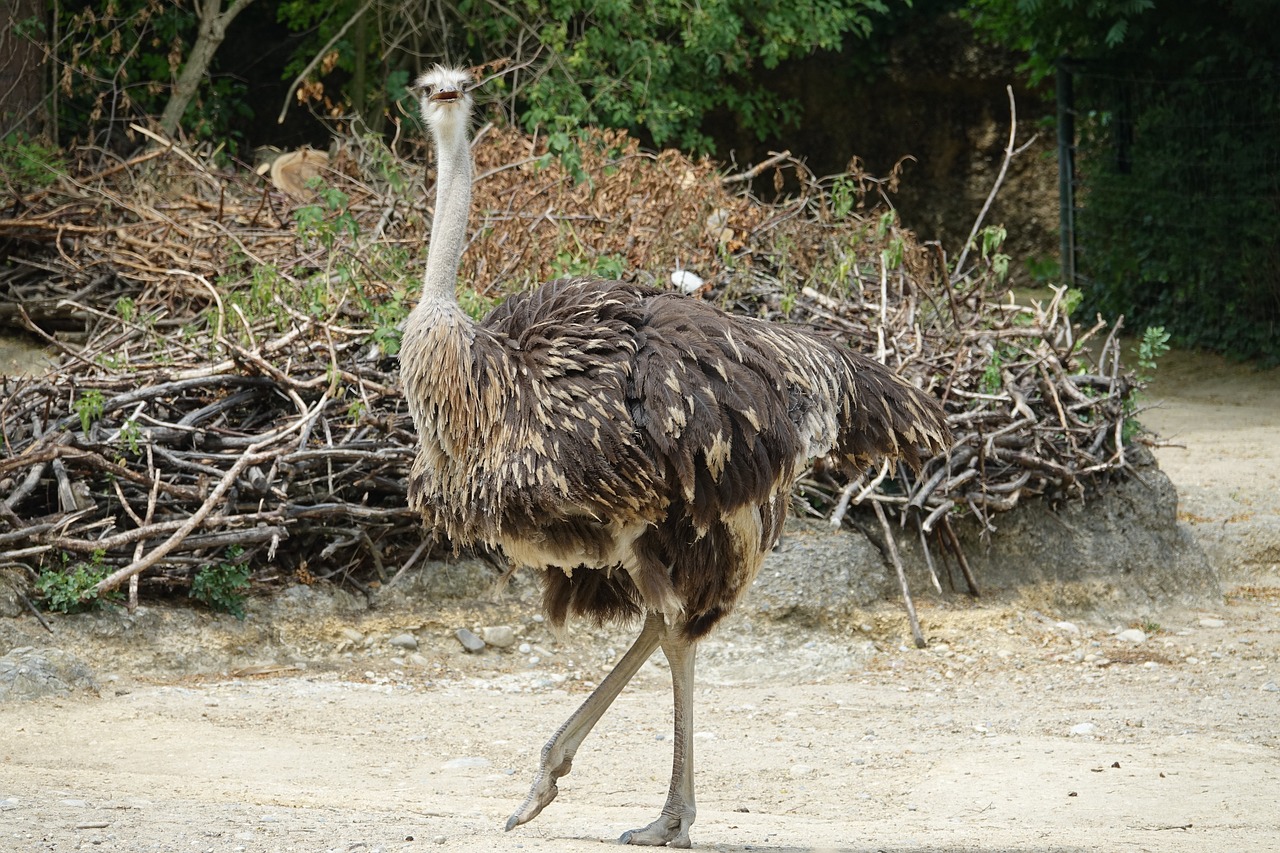 Shutterstock
Shutterstock
Ostriches, the world’s largest flightless bird, are descendants of theropod dinosaurs. Their evolutionary ancestors, called ornithomimosaurs, were bird-like dinosaurs that lived alongside other large dinosaurs. These ancestors had many traits that modern ostriches still possess, such as large, powerful legs designed for running at great speeds. The fossil record provides clear evidence of the connection between these flightless birds and their distant dinosaur relatives.
Penguins
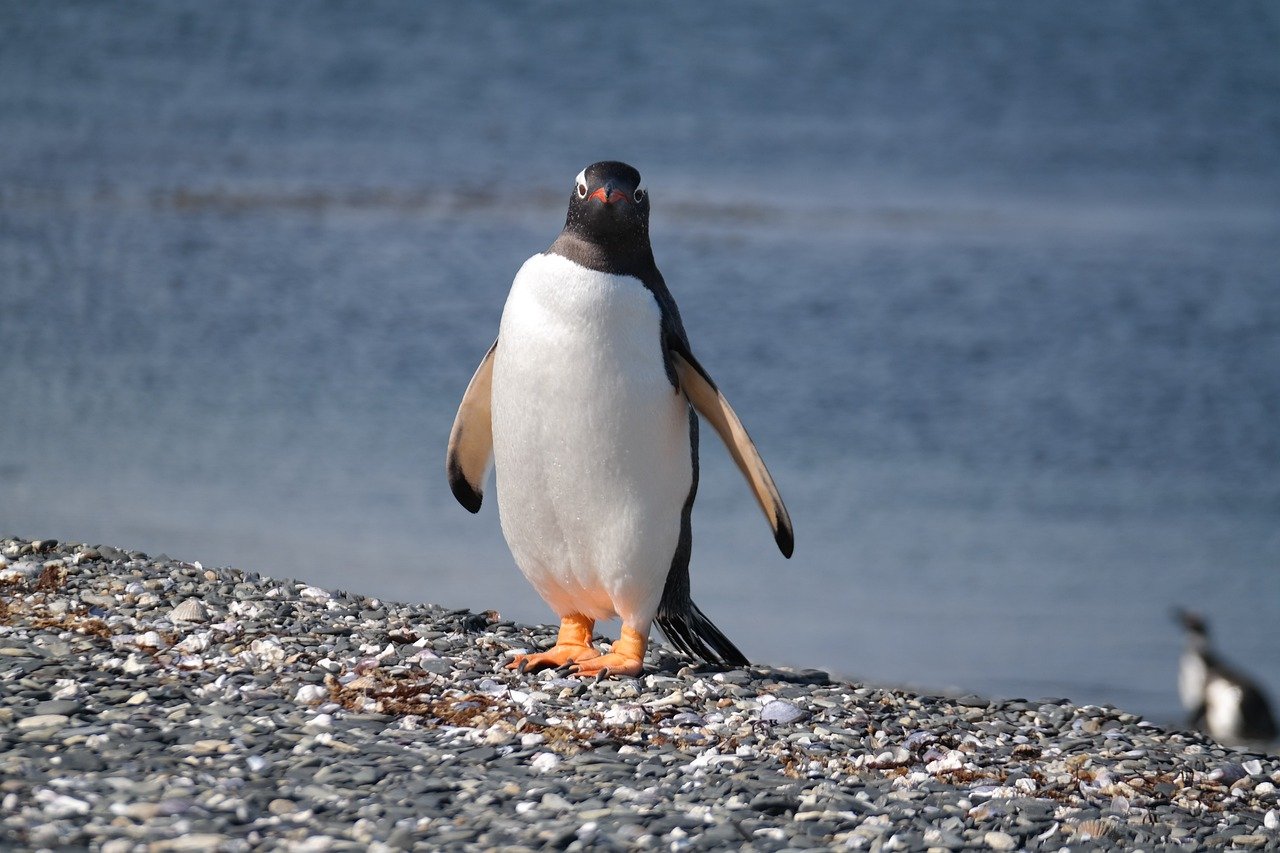 Shutterstock
Shutterstock
Penguins, those adorable flightless birds, are surprising relatives of dinosaurs. Like other birds, penguins are direct descendants of theropod dinosaurs, particularly a group of small, feathered carnivores. While penguins have lost the ability to fly, they have adapted to life in the water, becoming expert swimmers instead. Their evolutionary ties to dinosaurs are seen in their streamlined bodies, strong legs, and specialized beaks. Fossils of ancient birds show that penguins’ ancestors once walked on land, just like the dinosaurs that preceded them.
Sharks
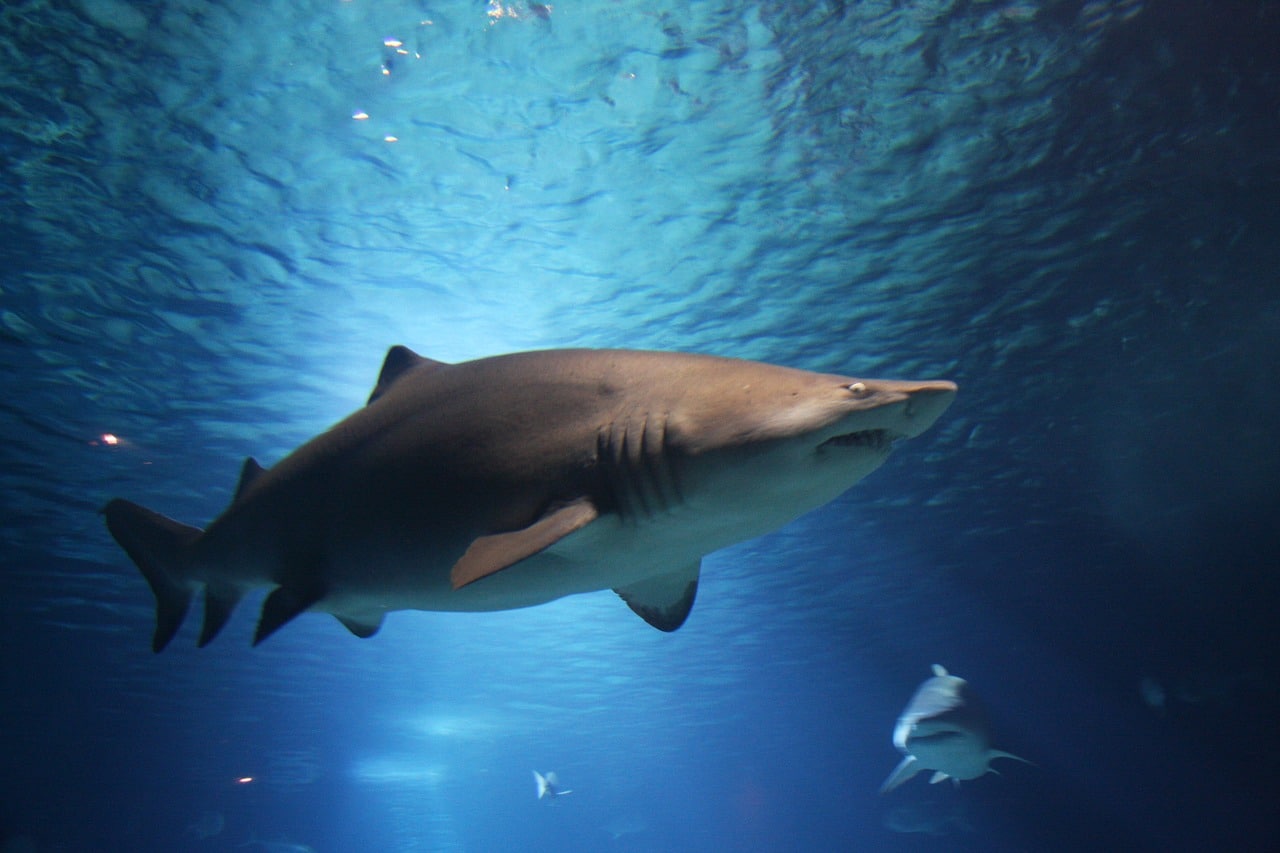 Shutterstock
Shutterstock
Sharks have been around for over 400 million years, even before dinosaurs existed. Although sharks are not direct relatives of dinosaurs, they shared the oceans with them during the Mesozoic Era, making them ancient cousins. Sharks’ streamlined bodies, predatory instincts, and ability to adapt to changing environments helped them survive through several mass extinctions. Their evolutionary survival alongside dinosaurs is a testament to the similarities in their predatory nature and ancient origins.
Pterosaurs
 Shutterstock
Shutterstock
Pterosaurs, often confused with dinosaurs, were flying reptiles that lived during the same time as dinosaurs. They were part of the archosaur group, meaning they are distant cousins to the dinosaurs. Unlike dinosaurs, pterosaurs developed wings and took to the skies, with wingspans that could reach over 30 feet. These flying reptiles were well-adapted to life in the air, but their shared ancestry with dinosaurs places them firmly within the larger dinosaur family tree.
Lemurs
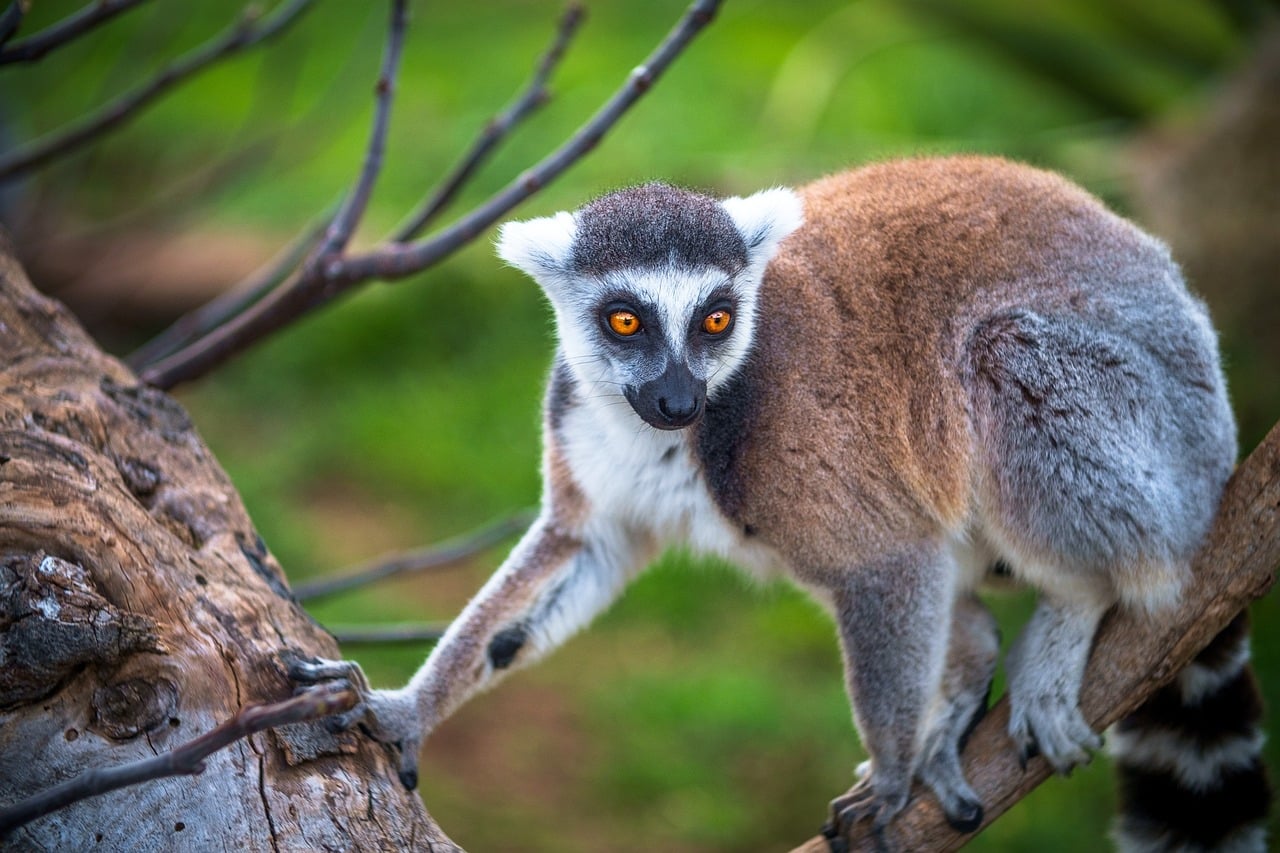 Shutterstock
Shutterstock
Lemurs are a surprising link to the distant past, with evolutionary roots tied to the era of dinosaurs. Though they are primates, lemurs share a common ancestor with mammals that coexisted with dinosaurs. During the Mesozoic Era, mammals were small and nocturnal, and lemurs represent one of the oldest types of living primates. This deep evolutionary connection places lemurs among the distant relatives of the dinosaurs that once ruled the Earth.
Tuataras
 Shutterstock
Shutterstock
The tuatara, found only in New Zealand, is a reptile that shares an ancient lineage with dinosaurs. Tuataras belong to the order Rhynchocephalia, a group of reptiles that flourished during the time of the dinosaurs. While tuataras are not dinosaurs, they share a common ancestor with them, dating back over 200 million years. Their evolutionary stability has allowed them to remain virtually unchanged for millions of years, making them a living link to the era of dinosaurs.
Horses
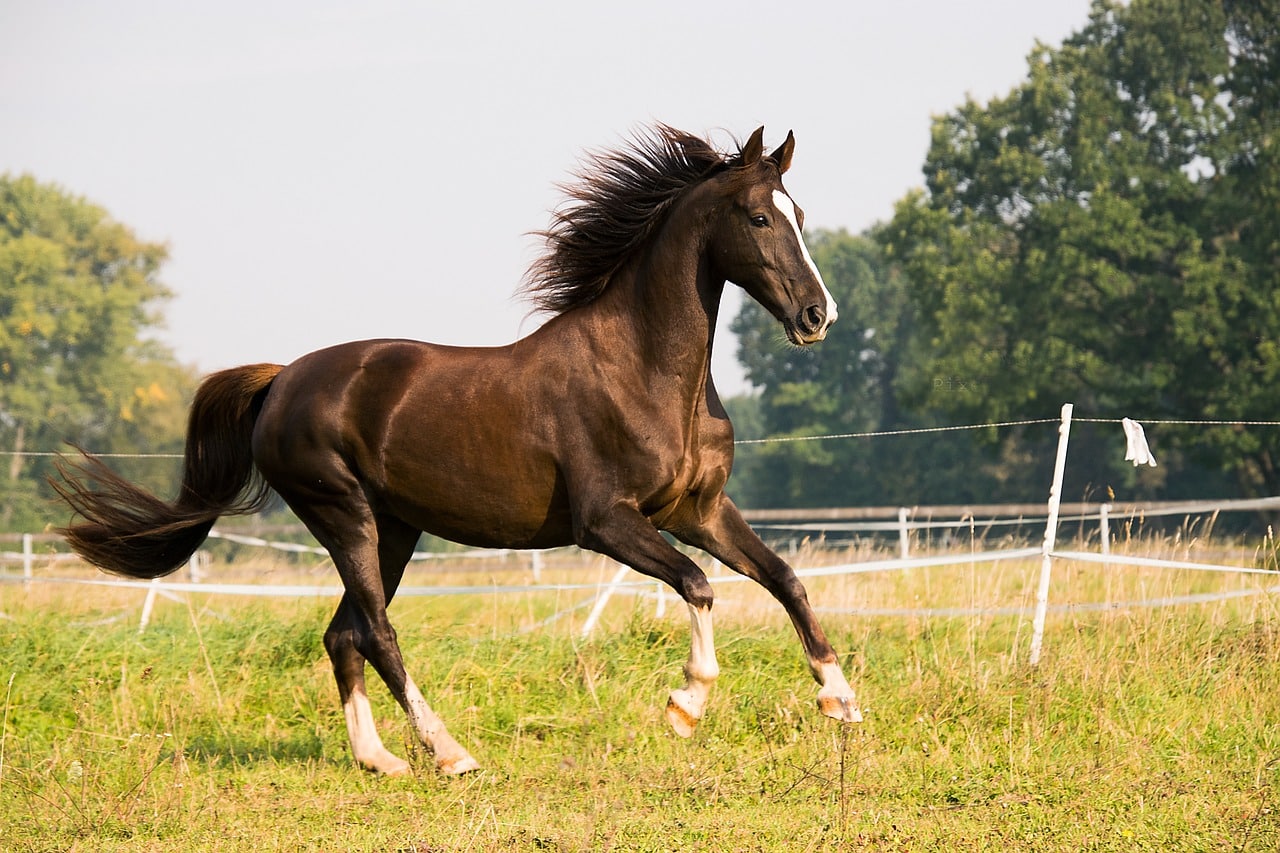 Shutterstock
Shutterstock
While horses themselves are not dinosaurs, their evolutionary ancestors lived alongside dinosaurs. Horses belong to a group called perissodactyls, which includes odd-toed ungulates like tapirs and rhinoceroses. Fossil records show that early ancestors of modern horses lived during the Mesozoic Era, the same time dinosaurs roamed the Earth. Over time, horses evolved from small, forest-dwelling creatures into the large, fast-running animals we see today.
Cheetah
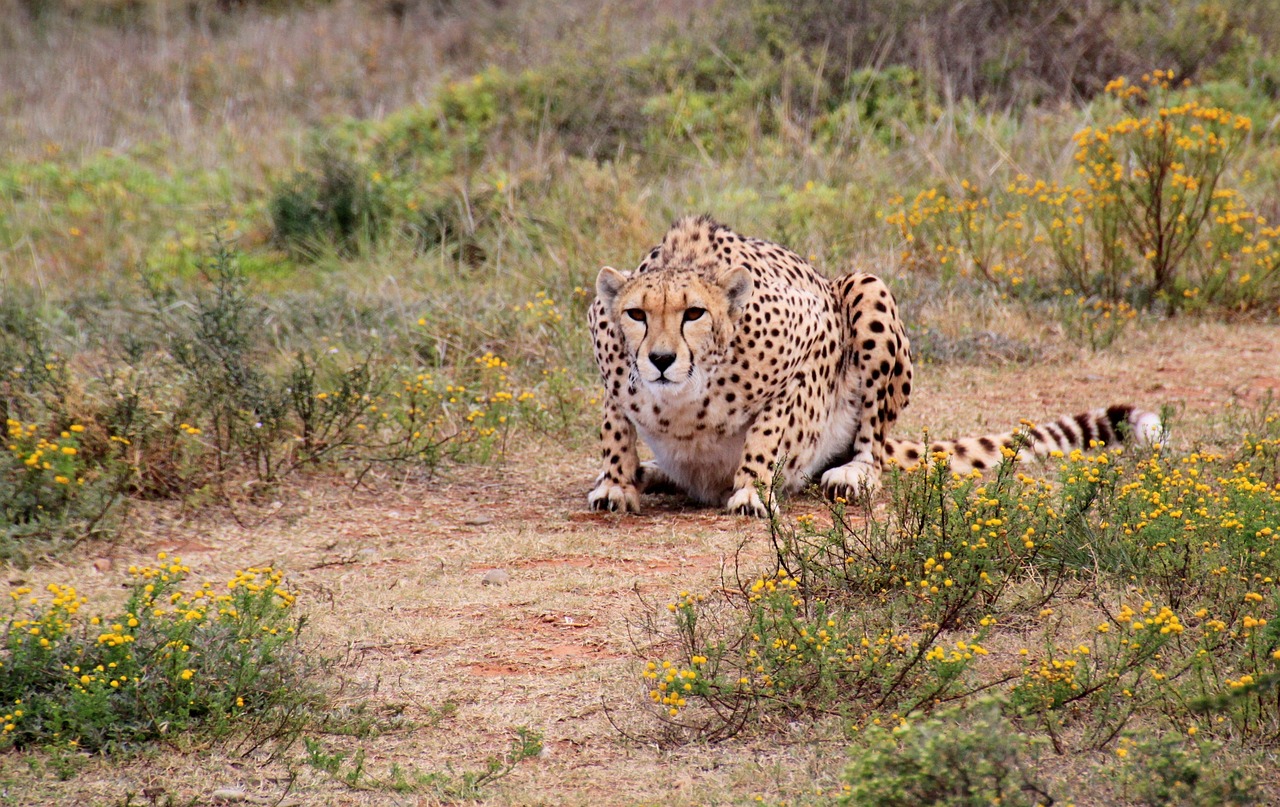 Shutterstock
Shutterstock
Cheetahs are the fastest land animals on Earth today, but their evolutionary ancestors had much in common with creatures that lived alongside dinosaurs. The cheetah’s lineage can be traced back to the early days of mammalian evolution when early mammals lived alongside dinosaurs. These ancestors, though not dinosaurs themselves, evolved in a world dominated by these ancient reptiles. Over millions of years, cheetahs adapted to become the speed machines they are today, with their slim bodies, long limbs, and specialized muscles.
The Dino Relatives You Now Know
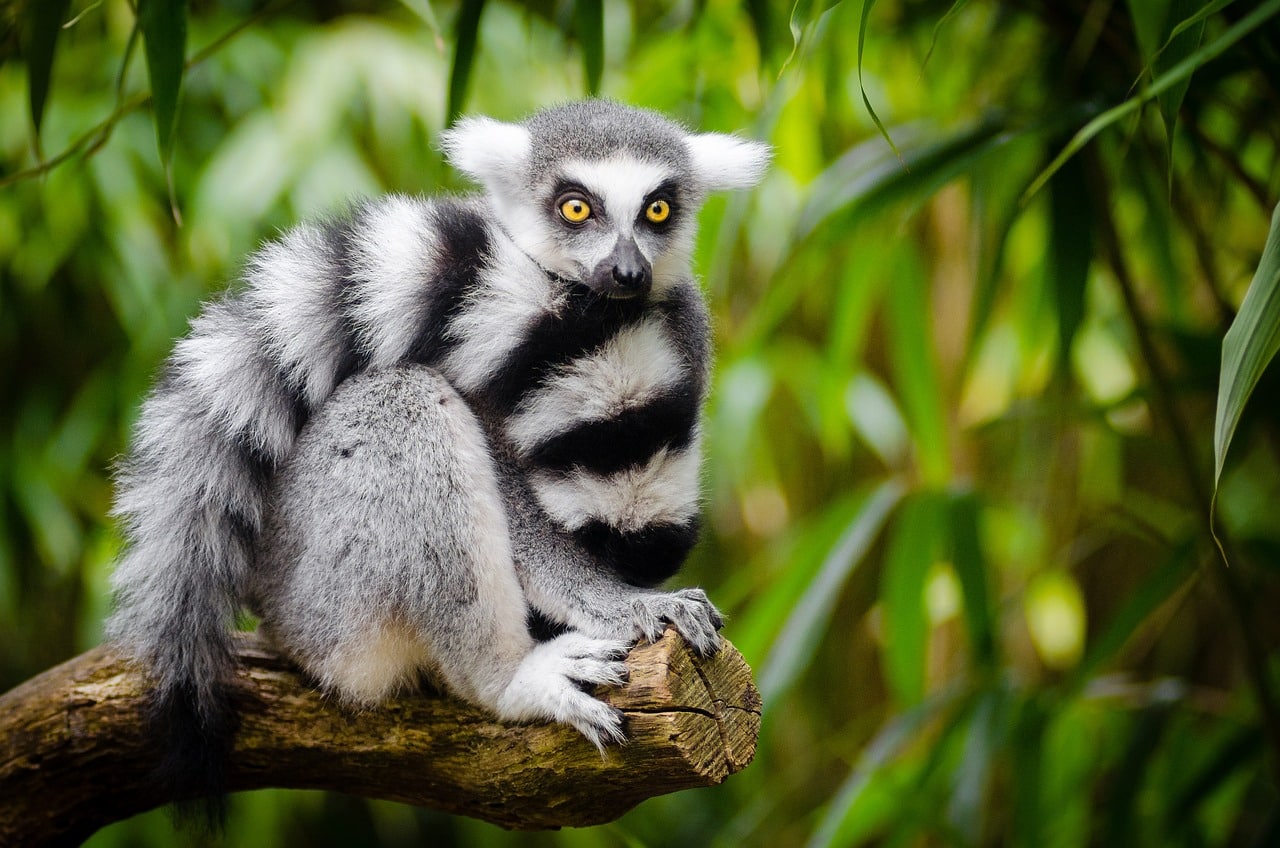 Shutterstock
Shutterstock
When it comes to the creatures we share this planet with today, it’s truly amazing to realize that many are related to dinosaurs in some way. Who would’ve guessed that our common house pets like birds, or even the intimidating crocodile, have ancestors that once roamed alongside T. rex? It’s a reminder that life on Earth has a wild, often surprising family tree. Many of the animals we see today are the distant, yet fascinating, cousins of long-extinct dinosaurs still roaming the planet!

